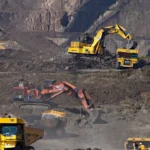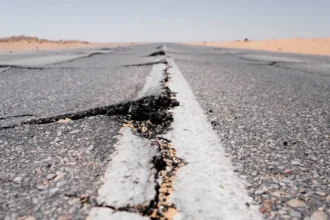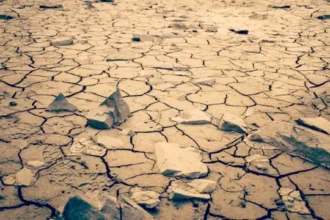West Texas Shaken by Multiple Earthquakes in One Day
Imagine feeling your home suddenly shake beneath your feet. This is exactly what many people in West Texas experienced when a series of earthquakes rattled the region this week. According to DailyMail, several tremors hit the area near the New Mexico border on Monday, with the largest measuring 3.6 in magnitude. These quakes came just hours after a much stronger 5.4 magnitude earthquake shook the same region on Sunday night.
The Recent Earthquake Series
The ground in West Texas has been unusually active lately. Within just three hours on Monday, five separate earthquakes were recorded in the area. This cluster of tremors is what scientists call an “earthquake swarm.”
| Location | Magnitude | Approximate Time |
|---|---|---|
| Van Horn, Texas | 3.6 | Monday (strongest of the day) |
| Mentone, Texas | 2.8 | Monday (around the same time) |
| Van Horn, Texas | 1.6 | Monday (within the three-hour window) |
| Mentone, Texas | 2.3 | Monday (about an hour later) |
| Mentone, Texas | 2.7 | Monday (toward the end of the series) |
EarthquakeTrack reported all these tremors happening about 35 miles south of Whites City, New Mexico. The Sunday night earthquake was much more powerful at 5.4 magnitude and was felt by over 1,500 people across the region.
Why Is This Happening?
You might wonder what’s causing the ground to shake so much in an area not usually known for earthquakes. Scientists believe these tremors aren’t natural disasters but are actually caused by human activities.
- Oil Industry Connection: These earthquakes are likely linked to oil and gas extraction activities in the Permian Basin region.
- Fracking Process: Companies drill deep into the earth and use high-pressure water to crack rock and release oil and gas.
- Wastewater Problem: This process creates lots of salty, chemical-filled water that companies need to dispose of somehow.
- Underground Injection: The wastewater gets pumped back deep underground into special disposal wells.
- Pressure Changes: This extra water creates new pressure in the rocks deep below the surface.
How Wastewater Triggers Earthquakes
Think of the ground beneath your feet as a stack of giant puzzle pieces. These pieces (rock layers) normally sit tightly against each other. According to USGS, when wastewater gets injected underground, it changes things in several ways:
- Slippery Effect: The water works like a lubricant between rock layers, making it easier for them to slide against each other.
- Balloon-Like Pressure: Imagine blowing air into a balloon between two books – the pressure pushes the books apart. Water pressure works similarly underground.
- Stress Transfer: Even in places not directly touched by the water, the pressure changes can spread through the rock.
- Breaking Point: When enough pressure builds up, the rock layers suddenly slip and release energy – that’s an earthquake!
“Deep injection wells, in particular, are linked to higher-magnitude earthquakes,” Dr. Alexandros Savvaidis explained. This expert on seismic activity helps us understand why these aren’t just small tremors but potentially serious quakes.
Scientific Evidence of Human-Caused Earthquakes
The connection between these earthquakes and oil industry activities isn’t just a guess. A 2022 University of Texas study found that 68% of Texas quakes above magnitude 1.5 were ‘highly associated‘ with oil and gas production.
“There appears to be little doubt about the conclusion that the earthquakes were in fact induced,” stated USGS seismologist Susan Hough. Other experts agree with this assessment, including Peter Hennings, research professor at The University of Texas’s Bureau of Economic Geology, and Matthew Hornbach, a geophysicist from Southern Methodist University.
Impact and Historical Context
Fortunately, despite the numerous tremors, no fatalities or significant damage have been reported from this recent earthquake swarm. However, when you look at Texas history, these events are unusual.
The strongest earthquake ever recorded in Texas happened in 1931 in a town called Valentine. That quake measured 6.0 in magnitude and was considerably stronger than even the largest recent tremor.
Looking Forward: What This Means
As you hear about these earthquakes, remember they represent a growing concern about how our energy production methods affect the world around us. The increasing frequency of these tremors raises important questions about the long-term effects of wastewater disposal practices.
Will better regulations be needed? Could alternative disposal methods help reduce these earthquakes? These are questions that scientists and policymakers are now working to answer as the ground beneath West Texas continues to rumble.











